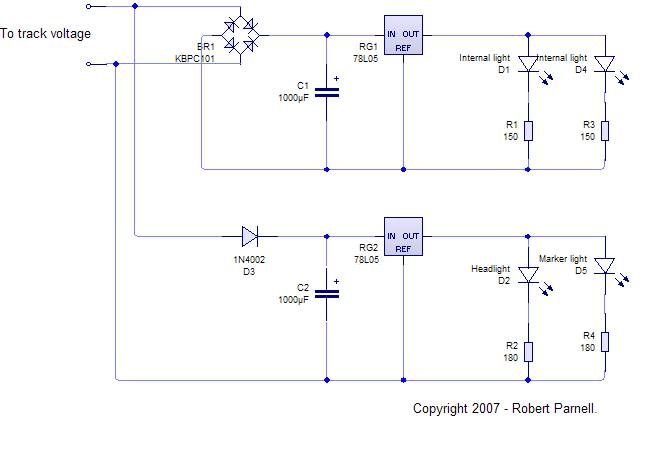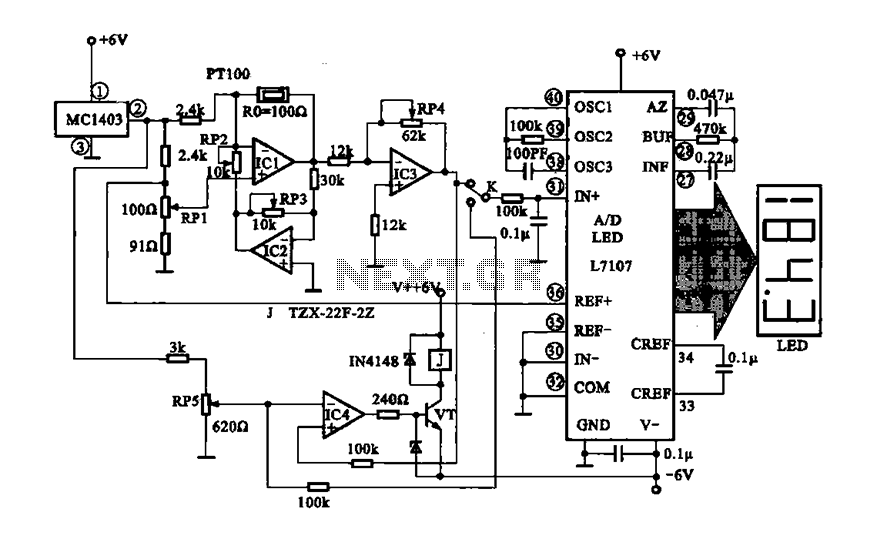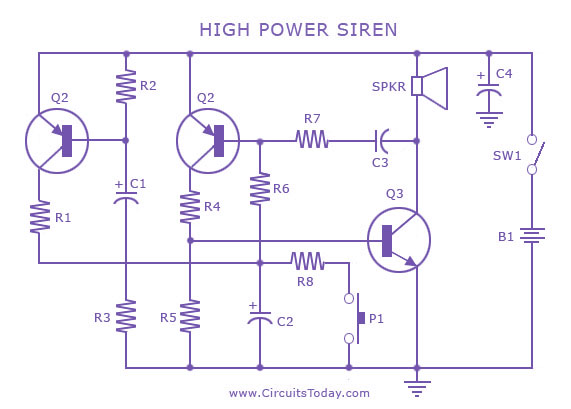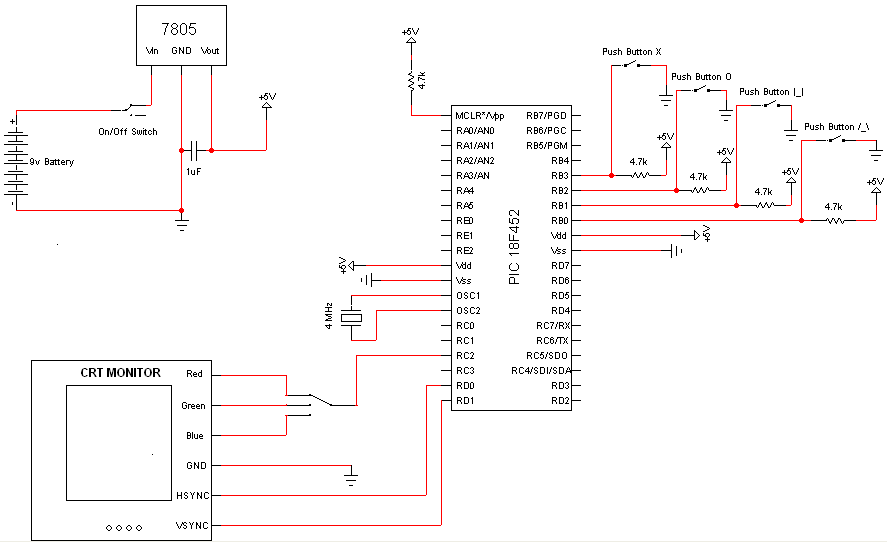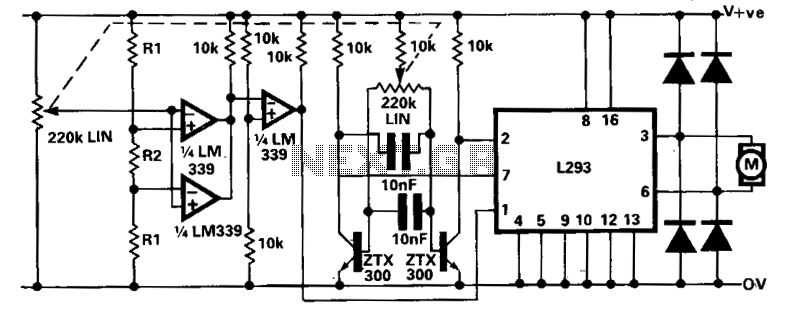
FAN5009 MOSFET Driver Typical Application Circuit and Datasheet
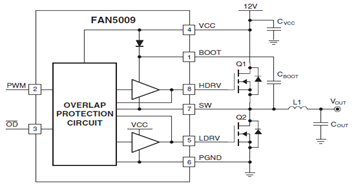
The schematic illustrates a typical application circuit for the FAN5009, a dual bootstrapped 12V high-frequency MOSFET driver. When integrated with a multi-phase PWM controller and power MOSFETs, it can form a complete core voltage regulator for microprocessors, as specified in the FAN5009 datasheet.
The FAN5009 is designed to drive high-speed MOSFETs in various applications, particularly in power regulation systems. This driver features a dual bootstrap architecture, which allows it to effectively manage the gate drive voltages necessary for high-frequency operation. The 12V output is essential for ensuring that the MOSFETs operate efficiently and can switch rapidly, minimizing power losses and improving overall system performance.
In a typical application, the FAN5009 connects to a multi-phase PWM controller. This controller generates the necessary pulse width modulation signals that dictate the switching behavior of the MOSFETs. The integration of the FAN5009 with the PWM controller enables precise control over the output voltage supplied to the microprocessor, ensuring stable operation under varying load conditions.
The power MOSFETs used in conjunction with the FAN5009 are selected based on their RDS(on) characteristics and switching speed. The choice of MOSFETs directly impacts the efficiency and thermal performance of the voltage regulation circuit. Adequate thermal management strategies, such as heat sinks or thermal vias, should be implemented to dissipate heat generated during operation.
This schematic also highlights the importance of decoupling capacitors placed near the power pins of the FAN5009 and the MOSFETs. These capacitors are crucial for maintaining voltage stability and reducing noise in the power supply lines. The layout of the circuit should be optimized to minimize inductive paths and ensure that high-frequency signals are routed appropriately to avoid signal integrity issues.
Overall, the combination of the FAN5009 with a multi-phase PWM controller and power MOSFETs creates a robust solution for power management in microprocessor applications, delivering high efficiency and fast transient response.The herein schematic shows FAN5009 dual bootstrapped 12V high frequency MOSFET driver typical application circuit. It can be formed a complete core voltage regulator for microprocessors if combined with multi-phase PWM controller and power MOSFETs, according to the FAN5009 datasheet
🔗 External reference
The FAN5009 is designed to drive high-speed MOSFETs in various applications, particularly in power regulation systems. This driver features a dual bootstrap architecture, which allows it to effectively manage the gate drive voltages necessary for high-frequency operation. The 12V output is essential for ensuring that the MOSFETs operate efficiently and can switch rapidly, minimizing power losses and improving overall system performance.
In a typical application, the FAN5009 connects to a multi-phase PWM controller. This controller generates the necessary pulse width modulation signals that dictate the switching behavior of the MOSFETs. The integration of the FAN5009 with the PWM controller enables precise control over the output voltage supplied to the microprocessor, ensuring stable operation under varying load conditions.
The power MOSFETs used in conjunction with the FAN5009 are selected based on their RDS(on) characteristics and switching speed. The choice of MOSFETs directly impacts the efficiency and thermal performance of the voltage regulation circuit. Adequate thermal management strategies, such as heat sinks or thermal vias, should be implemented to dissipate heat generated during operation.
This schematic also highlights the importance of decoupling capacitors placed near the power pins of the FAN5009 and the MOSFETs. These capacitors are crucial for maintaining voltage stability and reducing noise in the power supply lines. The layout of the circuit should be optimized to minimize inductive paths and ensure that high-frequency signals are routed appropriately to avoid signal integrity issues.
Overall, the combination of the FAN5009 with a multi-phase PWM controller and power MOSFETs creates a robust solution for power management in microprocessor applications, delivering high efficiency and fast transient response.The herein schematic shows FAN5009 dual bootstrapped 12V high frequency MOSFET driver typical application circuit. It can be formed a complete core voltage regulator for microprocessors if combined with multi-phase PWM controller and power MOSFETs, according to the FAN5009 datasheet
🔗 External reference

